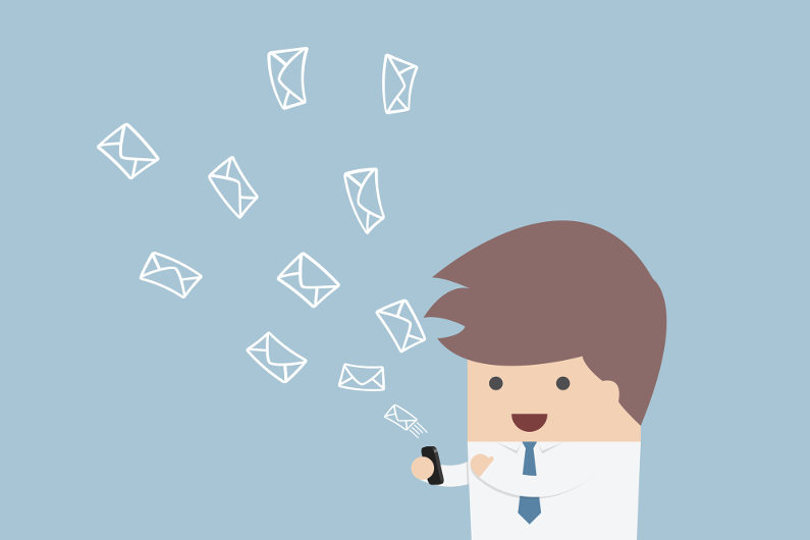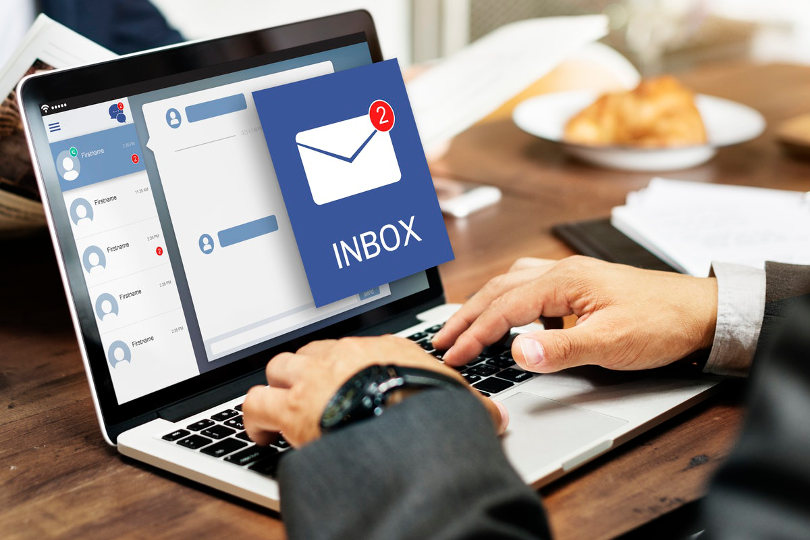Maybe you’re surprised by the title. Many people believe cold emails are spam or simply not effective.
Why would sales and marketing teams continue to use cold emails with the swath of inbound options available today?
Two reasons: they can create a personal touchpoint with leads and they’re easy to scale.

If you own a small business (or a new business, or a solo business), you should at least consider running a cold emailing campaign. And in this post, I’ll show you why.
How To Kill A Cold Email
Many people think cold emails are dead, but that’s because they’re writing them the wrong way. It’s very possible to write an email that comes across as vibrant and personable.
Or you can write a dead cold email by following the below steps:
- Write a boring subject line: the subject line is the deciding factor for whether or not they open your email. It should be short, relevant, and interesting. They should feel as if it’s an email from a colleague. A good example is “Quick question.”
- Put too much in the cold email: if you use more than one type of font or font color, you’re going to quickly lose the reader. And if you include links, spam filters may flag your email. Instead, keep things simple and have one ask/pitch at the end. You want them to reply.
- Don’t personalize the opening line: if you use a person’s name, it skyrockets the chances of them opening and replying. It also helps to include specific facts or accomplishments about the person.
![ChatGPT for English Speaking, Writing, Reading and Listening comprehension [improve all aspects] - purshoLOGY Cold email writing team](https://www.noobpreneur.com/wp-content/uploads/2019/05/cold-emailing-team-810.jpg)
3 Reasons Why Cold Emails Still Work
There are many reasons to use cold email, but here are the three most compelling ones.
1. Cold emailing is effective by the numbers
The most compelling reason to use cold emails is because of the statistics. They tell us how people are actually responding to our emails.
For example, a typical business-related mass email is opened by subscribers between 14-23% on average, according to MailChimp and ConstantContact.
But when you realize how often cold emails get opened, those numbers seem small.
Jon Youshaei of EveryVowel and Shane Snow of Contently tested cold emails. They emailed 1,000 professional leads — 293 bounced and 707 arrived successfully. Out of those 707 emails, 45.5% were opened.
That’s double the open rate of a mass email.
2. Cold emailing works when personalized
The key to a successful cold email is whether or not you’ve personalized it. This is more than just using the person’s name — you can do that in a mass email too. It requires research and noticing details about the person.
Youshaei and Snow realized that personalizing their emails was super important in cold emails.
“Tactics for optimizing sales emails are well and good,” Snow writes. “But they’re not as important as personalized research and sender/sendee fit.”
So you should use the person’s name and company name, and mention some achievement they’ve accomplished or some helpful content they’ve shared.

3. Cold emailing works with the right leads
Everything I’ve said won’t matter or work unless you’re emailing the right people. And that’s why you have to start with solid leads — professionals who would actually want to hear from you.
Then the question becomes, “How do you find the right people?
The best tool we use is LinkedIn Sales Navigator.
It lets you quickly find the exact type of people on LinkedIn who’d be interested in what you’re selling. With Sales Navigator, you get access to Advanced Search, which has plenty of filters, including:
- Industry
- Location
- Professional experience
- Seniority level
- Keywords
So in just minutes, you can find hundreds of professionals who may want to hear from you. Then you can put those LinkedIn profiles on an organized list, export their email addresses, and begin your cold email campaign.
And that’s why cold emails aren’t dead. That’s why your small business should at least give it a shot.







